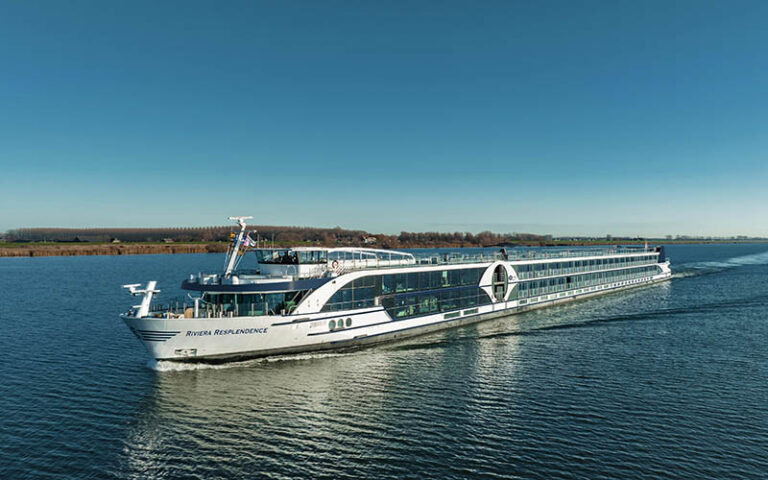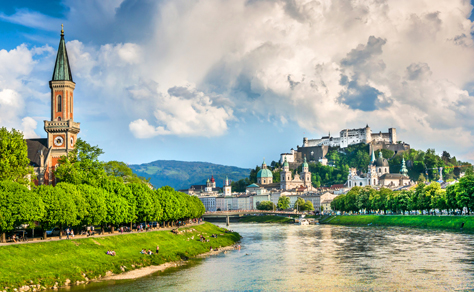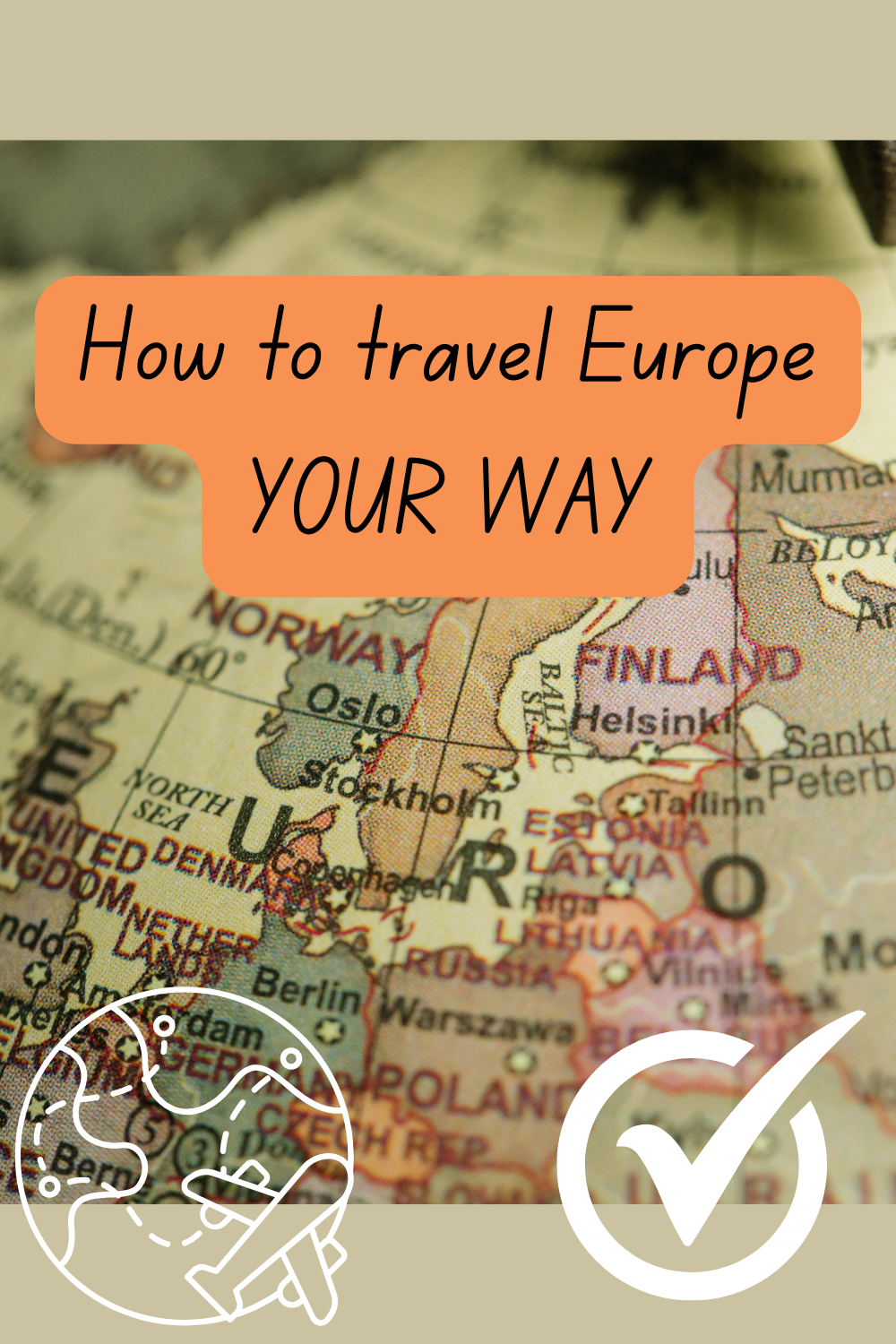We recognize that vacations are not just an investment, but often the highlights of our lives, and we take that responsibility seriously. We want to ensure you have the best vacation experience.
Interested in a job in travel? Click here to learn: How to Become a Travel Agent
Categories: Aggsbach
Categories: Altenburg
Categories: Artstetten-Pöbring
Tirol, Austria, is a rugged, spectacular province in the western part of the country, 185 mi/300 km west of Vienna. It offers excellent year-round vacation activities and sights: skiing, camping, lakes, hiking, four-wheel-drive excursions, shopping, ...
Categories: Austrian Tyrol
The lovely baroque town of Bad Ischl, Austria, located 30 mi/50 km southeast of Salzburg, was the summer residence of Emperor Franz Josef and other royal family members. The royal Kaiservilla, located in a large park north of town, houses some of the...
Categories: Bad Ischl
Categories: Carinthia
Here in the heart of the beautiful Wachau wine region where vineyards lace softly rolling hills lies Duernstein (Durnstein). See the ruins of Kuenringer Castle where Richard the Lionheart was reputedly held prisoner. Visit the former Collegiate Churc...
Categories: Duernstein
Emmersdorf, located on the Danube River, is a town in Austria where visitors can enjoy local cuisine and scenic views.
Categories: Emmersdorf
Engelhartszell is located in Austria in the upper Danube valley. Enjoy the romantic river area, picturesque forest and farmland views, cycling, hiking, and the many cultural highlights of the historic market town.
Categories: Engelhartszell
The lively town of Gmunde is officially recognized as a Spa Resort due to its beautiful location right on the shores of Traunsee Lake. The mountainous scenery surrounding the city is stunning and makes for a perfect holiday destin...
Categories: Gmunden
Categories: Gobelsburg
Categories: Göttweig Abbey
Categories: Grafenegg Castle Grafenegg
With its 2,800 inhabitants Grein is one of the smallest towns in Austria. All Gothic buildings were destroyed in a fire in the 15th century. The houses around the city square mostly date back to a time between 1550 and 1600. The city hall houses a ma...
Categories: Grein
Categories: Hainburg
Categories: Haldensee Austria
The baroque town of Hallstatt, Austria, has a dramatic setting on the narrow shore between Hallstatter Lake and the sheer face of a cliff, an easy-to-reach 30 mi/50 km southeast of Salzburg. The train station is on the opposite side of the lake, so m...
Categories: Hallstatt
Categories: Heiligenblut
Categories: Heldenberg
Hohe Tauern National Park is located in Austria's most spectacularly beautiful region (summer or winter), the Hohe Tauern Range of the Alps. You can see it by taking one of the country's most exciting highways—the Grossglockner Hochalpenstrasse, whic...
Categories: Hohe Tauern Range
Categories: Hopfgarten
Categories: Igls
A city of enormous historical import as well as a renowned reputation for wintersports which has earned it the title "the world's winter capital". Landmarks include the famous Golden Roof, Hofburg Palace, Triumphal Arch and St. Anne'...
Categories: Innsbruck
Categories: Kirchberg Austria
Kitzbuehel, Austria, a popular ski resort area, was founded as a mining and copper town just 40 mi/65 km southwest of Salzburg (50 mi/75 km east of Innsbruck). Its lovely old town has a number of interesting sights, including the Kitzbuehel Museum, f...
Categories: Kitzbuhel
From culture to recreation, from shopping to sport or simply rest and relaxation, there is something here for all. Klagenfurt has been made a superior holiday destination with a location on the famous warm Alpine lake and mild, southern climate. Euro...
Categories: Klagenfurt
Categories: Klam
Klosterneuburg, Austria, a scenic mountain destination, is dominated by its famed baroque church. The north section of Klosterneuburg, called Kierling, is where there's an Augustinian abbey, founded in 1114. There's also a wine cellar with the famous...
Categories: Klosterneuburg
In the eastern part of the Wachau on the left bank of the Danube lies the 1,000-year-old city of Krems. The city today encompasses Stein and Mautern, once separate towns. Krems is a mellow town of courtyards, old churches, and ancient houses in the h...
Categories: Krems
Categories: Lainzer Tiergarten
Just 26 mi/42 km from the Italian border, Lienz, Austria, is a pretty town in the scenic alpine region of East Tirol. It's easily reachable by train to Salzburg (70 mi/110 km), and a short drive (16 mi/27 km) to the spectacular Hohe Tauern National P...
Categories: Lienz
This Roman-built capital city is an important trade town along the Danube. For people interested in its past, it has an impressive list of important historical figures who have passed through or made Linz their home. Friedrich III, the Hapsburg Empe...
Categories: Linz
Categories: Lower Austria
Categories: Mauthausen
Categories: Mayerling
Gateway to the Wachau valley, Melk is world renowned for its magnificent Abbey. One of the most splendid examples of Baroque architecture in Europe, the Abbey dominates the town from high above the Danube river. Admire the splendour of the famous Mel...
Categories: Melk
Categories: Mondsee
Categories: Neuhofen an der Ybbs
Categories: Rosenburg
Set on the shore of the Neusiedler See 30 mi/50 km southeast of Vienna (near the border with Hungary), Rust, Austria, is known as the "Home of the Storks": The big birds nest there from April to mid-August. While in Rust, visit its oldest church, Fis...
Categories: Rust
Mozart's birthplace and "festival city" of breathtaking scenic beauty, "The Sound of Music" resonates in every alleyway and picture perfect street of Salzburg. One of the most famous cities in the world, Salzburg used to be called "Rome of the North...
Categories: Salzburg
Categories: Salzkammergut
Categories: Schlogener Schlinge
Categories: Schutzen am Gebirge
A winter playground for snow sports, Seefeld is a hotspot for cross-country skiing and played host to the 1964 and 1978 Nordic events at the Winter Olympics. Seefeld is 11 miles from the town of Innsbruck, nestled within the Alps on a plateau that al...
Categories: Seefeld
Spitz is located on the left bank of the Danube River, in the southern states of Austria. There are plenty of vineyards located along the town famous for its wine growth. There are plenty of activities available to the public in Spitz; this inc...
Categories: Spitz
A modern resort has grown out of this old village on the Arlberg Pass, a place where ski history began. Here is some of the finest skiing in the Alps.
Categories: St. Anton am Arlberg
Categories: St. Johann
The capital of Lower Austria, St. Polten has a nice pedestrian zone with gracious old buildings, churches, a Diocese museum and the Museum of the Province of Lower Austria. The interior of the Romanesque cathedral is one of the finest examples of bar...
Categories: St. Polten
This historic town of Austria was once the Carinthian capital until 1518. It now consists of 6 large municipalities. Viennese appeal touches every cobblestone street in St. Veit from the Hauptplatz Main Square (where Medieval and Baroque houses are d...
Categories: St. Veit
Steyr, Austria, is an old mining town midway between Vienna (90 mi/140 km to its east) and Salzburg. It was the home of composer Franz Schubert and is a nice place to spend an afternoon. Stroll through Steyr's old town, viewing Renaissance and Gothic...
Categories: Steyr
Strassen is a municipality in the district of Lienz in Tyrol in Austria.
Categories: Strassen
Categories: Styria
Telfs is a panoramic municipality in the Austrian state of Tyrol in the district of Innsbruck-Land.
Categories: Telfs
Categories: Toblach
Categories: Traunkirchen
Categories: Tulln
Categories: Tyrolean Oberland
Vienna is dominated by imperial castles and places: Schonbrunn, the magnificent summer residence, the Imperial Coach Collection, the Palm House, the Butterfly House, Belvedere Palace, magnificent state rooms in Hofburg, and the imperial crown in the ...
Categories: Vienna
Categories: Vienna Woods
Villach, in the center of the Carinthian lake district, is a great place from which to explore the rest of the district. It's also the gateway to the south, and it's easy to make day trips to Slovenia or Italy from here.
Categories: Villach
Vorarlberg is Austria's westernmost province (bordering on Switzerland, Liechtenstein and Germany and 280 mi/450 km west of Vienna) and is often overlooked by travelers. Narrow valleys mark the landscape: Passes are often closed in winter, and spring...
Categories: Vorarlberg
The Wachau Valley has been a UNESCO world heritage site since 2000, and it is an area known for its wine, landscape and medieval towns. Tiered vineyards line the green hillsides, where history melds into the landscape in picturesque villages.
Categories: Wachau Valley
Weissenkirchen, or "White Church", is a charming town sprawled along the banks and the hills of the Danube River. Like other villages in the Wauchau Valley, you can see terraced vineyards, off-set by the red roofs of the town proper. View t...
Categories: Weissenkirchen
Categories: Ybbs an der Donau





































